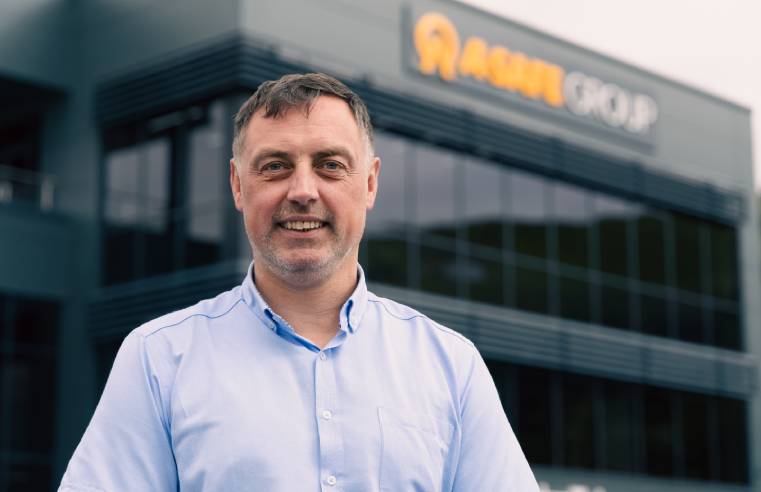It is not enough to fill in a risk assessment, file it away and only dust it off when the inevitable injury occurs; risk assessments must be continually revised if they are going to protect your business, says Freelance Writer Evelyn James.
Anybody who treats the risk assessment as a mere tick-box exercise, is likely to be sorry in the end. Hubristic people who fail to plan adequately for the health and safety of themselves, their customers, service-users, workforce or premises, will likely find that this negligence is their downfall in business.
Plan and react
Risk assessments must be updated regularly and responsively. Far too many business owners fail to take proactive responsibility for their risk assessments and become complacent; but this can have severe consequences.
Indeed, the risk-assessment experts at Act Associates warn that ‘even if you think you know what all the risks might be, and even if you have done the same task a number of times before, […] the people who come into your business might change over time, and the hazards might be more of an issue, for example. A risk assessment will ensure that you check your existing control measures on a regular basis and that you update them where and when necessary.’
According to the Health and Safety Executive, the minimum you must do is identify what could cause injury or illness in your business (hazards); decide how likely it is that someone could be harmed and how seriously (the risk); and, take action to eliminate the hazard, or if this isn’t possible, control the risk.
Using your knowledge of your business, establishing clear deadlines, throughout the year, for when your risk assessment should be reviewed will help you to keep ahead of the hazard-risk curve. However, don’t just rely on this schedule.
You also need to ensure that you are flexible and committed to updating your risk assessment any time things change. Risks are continually evolving in response to changes in the workforce, work practices, and many other variants. A responsible and practical business owner will also have the forethought to understand that even the time of year needs to be considered.
Increase your awareness
If you are creating a risk assessment for your business, you need to begin by ensuring that you are the most knowledgeable person about that business or workplace. You need to get to know your people, your premises, and your procedures more thoroughly than anyone else, because you are responsible for protecting them all.
Knowing your business is fundamental for creating an effective risk assessment, but you must also expand your awareness beyond the boundaries of your business. It is, of course, essential to keep up-to-date with national law and local policies, but it is also vital to ensure that you are aware of wider developments which relate to your business practices, because – only then – will you be able to take into account all of the many variants which need to be considered. For example, if you are a construction business working with loud power tools, then you need to know the latest medical advice around safe decibel exposure, as well as any developments in understanding around the psychological effects of noise exposure.
Finally: do not underestimate the importance of considering the personalities and preferences of your workers. Many businesses fail to adequately risk assess because they do not give due consideration to the needs of their workers. Not only does this make the risk assessment more robust and reliable, it also ensures that it will be more effectively adopted by your workforce. If you can show them that the risk assessment has been created with them in mind, your team is far more likely to understand it and buy into it.
Sources






















